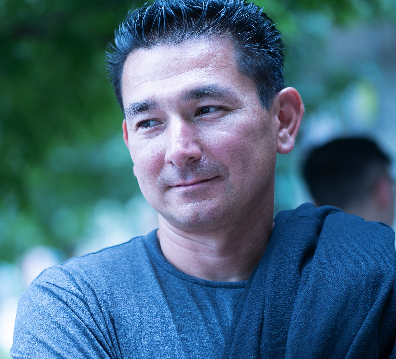The intersection of machine learning (ML) and Healthcare is not just a technological revolution—it’s a profound shift in how we understand and approach human well-being. ML is a tool that’s been evolving quietly behind the scenes for years, but its recent surge in healthcare applications feels like a leap into the future. From diagnostic imaging to personalized treatment plans, we’re witnessing the birth of a healthcare system that’s not only data-driven but capable of adapting to the complexities of the human body and mind.

At the heart of this transformation is the idea that Healthcare can be predictive rather than reactive. Instead of waiting for symptoms to worsen, we can use machine learning models to analyze subtle cues across multiple forms of data—audio, video, images, and sensor data—to detect conditions like Parkinson’s Disease early on. In a field where time is critical, this capability can be the difference between early intervention and advanced illness.
The Human Factor in ML-Driven Diagnostics
However, it’s easy to get lost in the jargon and overlook the human element behind this revolution. Yes, algorithms can analyze more data in seconds than a doctor might in a lifetime, but these technologies are not about replacing medical professionals—they are about empowering them.
Every pixel, soundwave, and movement analyzed by an ML model carries real human implications. It represents a person’s struggle, their hope for answers, and, ultimately, their health outcomes. By embracing machine learning, we are giving healthcare professionals the tools they need to better understand, diagnose, and treat patients on an individual level.

The healthcare industry’s adoption of ML, particularly in diagnostics, is reshaping the role of doctors from solitary decision-makers to orchestrators of advanced technological tools. The naysayers will paint a picture of a world where machines (or, in today’s terms… AI) will replace humans, but this shouldn’t scare us from embracing these tools. History has shown us that when these new technologies enter our lives, the work doesn’t disappear; it transforms into something new. After all, people said the same thing about automobiles and computers, and look at how that turned out.
Machine Learning Using Multi-Modal Data
What makes this moment even more exciting is the use of multi-modal data—combining information from multiple sources like audio, video, and images. For example, in Parkinson’s Disease diagnosis, an ML model can analyze a patient’s voice, capturing the smallest vocal tremors that may signal early-stage neurodegenerative changes. Simultaneously, video footage of the patient’s movements can be analyzed for physical symptoms, such as tremors or rigidity, that might otherwise go unnoticed in a short clinical visit.
This holistic view of patient data allows for more comprehensive and nuanced diagnoses. It’s not just about analyzing a static image or isolated metric but about building a complete narrative from diverse data sources. These advanced models can sift through the noise and detect meaningful patterns across multiple channels of information, dramatically improving early diagnosis and treatment options.
The Future: Empowering Professionals and Patients
The future of ML in Healthcare isn’t just about technical prowess. It’s about how we as a society choose to harness this power. The goal is not to create a future where machines replace human doctors but one where they augment the capabilities of medical professionals, allowing them to provide more personalized and effective care.

Moreover, these advancements don’t just benefit the healthcare providers. Patients themselves stand to gain significantly, with more accurate diagnoses, earlier interventions, and a more involved role in managing their health. With open access to ML tools and resources, professionals from all backgrounds can build tailored recognition solutions that address their specific needs. The future is about democratizing access to these powerful tools, ensuring more people can benefit from the next wave of medical innovation.
With every new advancement, we’re reminded that this isn’t just about technology—it’s about people. The most exciting part of this journey is how ML is transforming Healthcare not just by numbers and codes, but by improving lives, one model at a time.
—
If you’re interested in learning more about how ML can revolutionize Healthcare, I invite you to attend our Keynote at the 2024 RTC Conference at Illinois Tech, “Training Machine Learning Classification Models for Creating Real-Time Data Points of Medical Conditions,” on Tuesday, October 8, 2024, at 2:45 PM. Dr. Nikki-Rae Alkema, PT, DPT and I will discuss actionable insights into applying ML models in Healthcare with a live demonstration.

You can use the discount code FFSPKR to get $200 off registration. Don’t miss this opportunity to explore the future of machine learning and Healthcare—register today and be part of the conversation!

